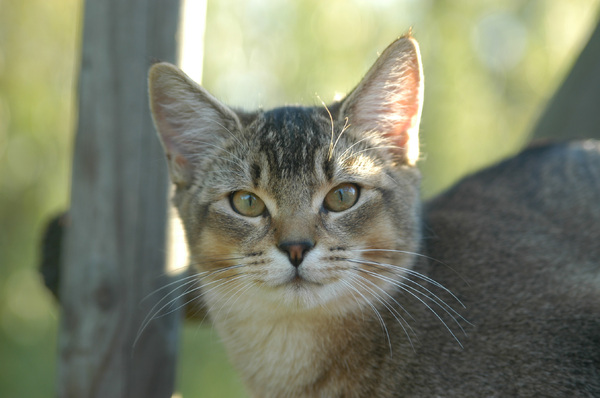Teaching Kittens to Utilize the Litter Box: Tips and Techniques

Cat litter and litter boxes play a pivotal function in the lives of both felines and their owners. From the humble beginnings of sand and soil to the innovative improvements these days, the world of cat litter has evolved considerably. In this detailed guide, we dive into every element of cat litter and litter boxes, exploring their history, types, advantages, challenges, and everything in between.
The history of cat litter dates back centuries, with ancient civilizations utilizing sand, soil, and even ashes as primitive litter products. Nevertheless, it wasn't till the mid-20th century that modern cat litter as we know it emerged. In 1947, Edward Lowe introduced the world's very first business cat litter made from absorbent clay, transforming the way cats relieved themselves inside your home. Ever since, cat litter has actually gone through many transformations, with the intro of clumping litter, silica gel litter, biodegradable options, and more.
Today, cat owners are spoiled for option when it pertains to picking the ideal litter for their feline buddies. Standard clay litter stays popular for its cost and effectiveness in absorbing odors. Clumping litter, which forms solid clumps when wet, streamlines cleansing and upkeep. Silica gel litter, composed of highly absorbent silica crystals, offers superior smell control and durability. Naturally degradable choices, such as recycled paper, wood pellets, corn, and wheat, appeal to environmentally mindful customers.
Each type of cat litter offers special benefits. Clay litter masters its ability to absorb wetness and control odors, making it a trustworthy choice for many feline owners. Clumping litter streamlines everyday scooping and extends the time between total wood pellets cat litter litter changes. Silica gel litter provides extraordinary smell control and can last longer between replacements. Biodegradable litters use a sustainable alternative that minimizes ecological impact.
While cat litter enhances indoor feline health, it is not without its difficulties. Dust from clay litter can pose breathing dangers for both felines and people, prompting the appeal of dust-free alternatives. Some felines might develop litter box hostility due to issues with texture, aroma, or cleanliness, demanding experimentation with various litters and box configurations. Multi-cat homes may need strategic litter box positioning and frequent upkeep to prevent territorial disagreements and guarantee all felines have access to clean centers.
Choosing the proper litter box is vital for promoting positive litter box practices and overall feline well-being. Aspects to consider consist of size, ease of access, and style preferences. Covered litter boxes supply privacy and assistance contain odors, however some cats might find them confining or frightening. Open-top litter boxes provide simple access and exposure however may lead to more litter scatter. Automatic self-cleaning litter boxes streamline upkeep however require routine tracking and cat litter alternatives upkeep.
Appropriate litter box upkeep is essential for making sure a clean and inviting environment for both felines and their owners. Daily scooping removes waste immediately, minimizing odor and preventing litter box hostility. Regular litter replacement, usually every 1-2 weeks, avoids bacterial buildup and preserves optimum absorbency. Thorough cleaning with mild cleaning agent and water, preventing harsh chemicals that may prevent felines from using the box, must be carried out monthly.
Cat litter and litter boxes play a central role in promoting a healthy and unified relationship in between felines and their human companions. With a diverse variety of litter alternatives and litter box styles available, cat owners have the flexibility to customize their options to match their felines' preferences and household needs. By comprehending the advancement, types, advantages, and obstacles of cat litter and Pine Pellet Cat Litter litter boxes, pet owners can provide their feline buddies with a comfy and sanitary indoor environment.